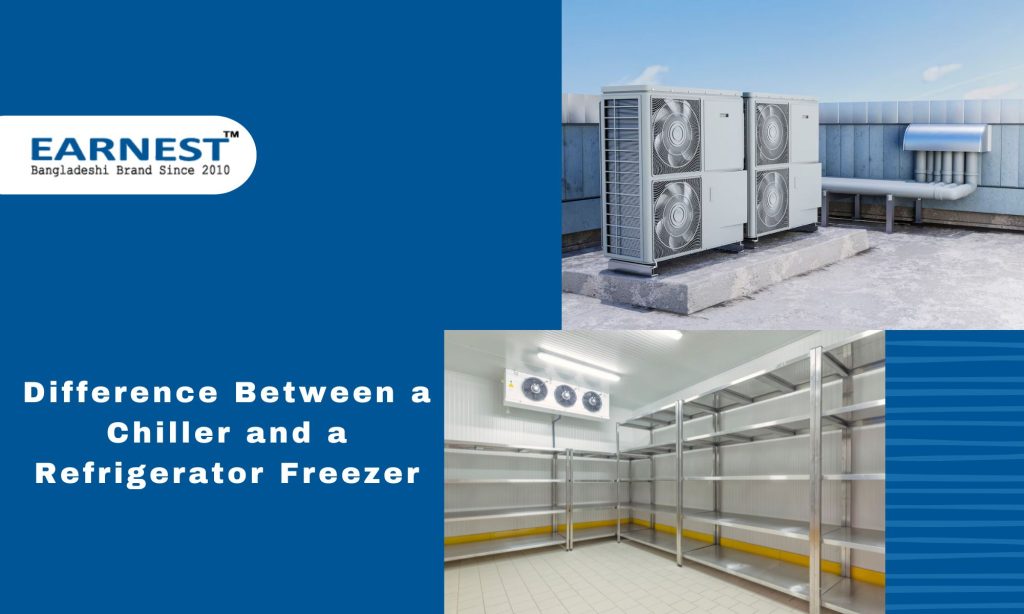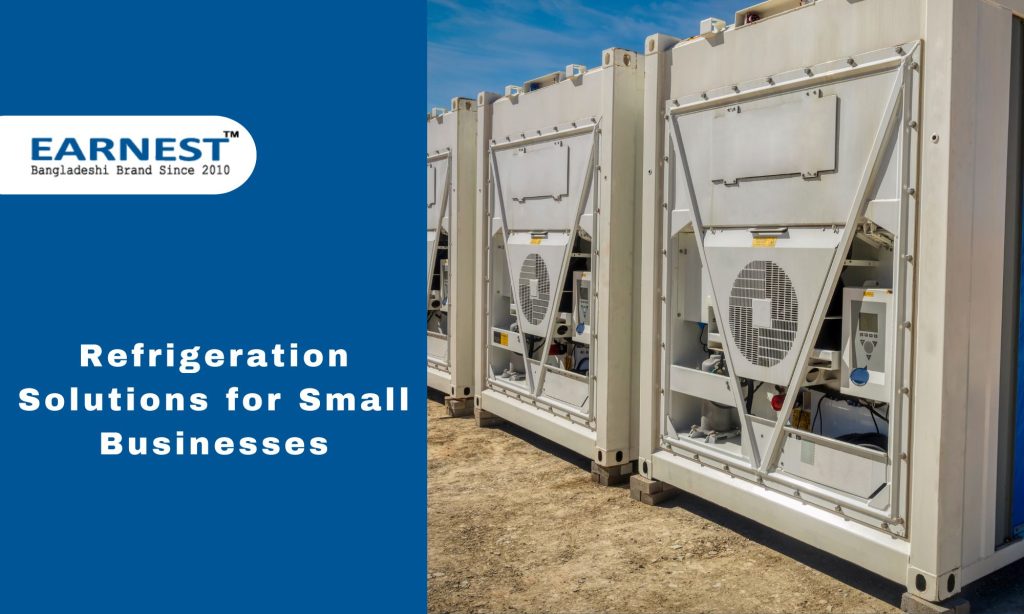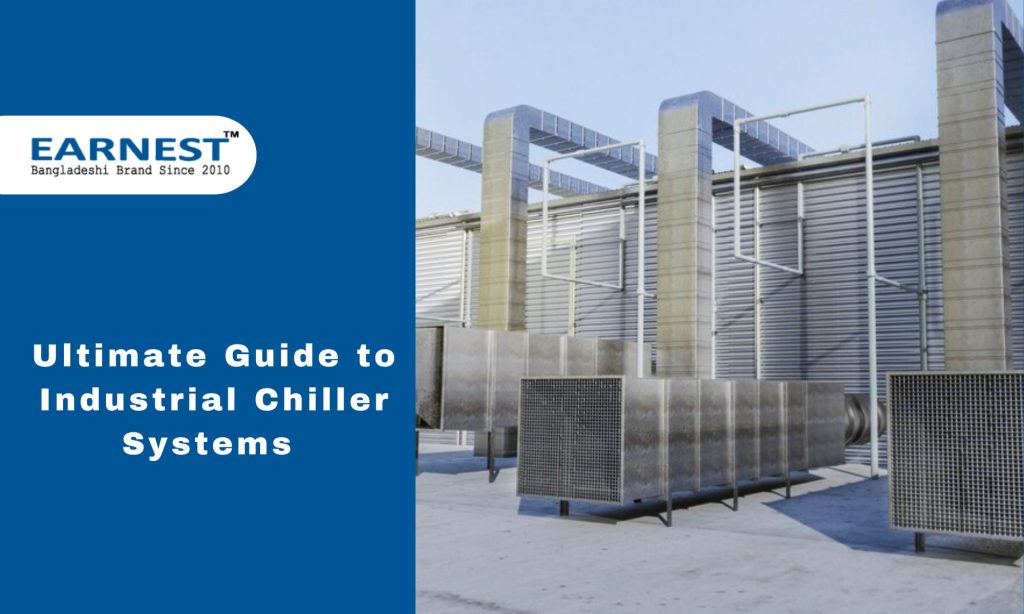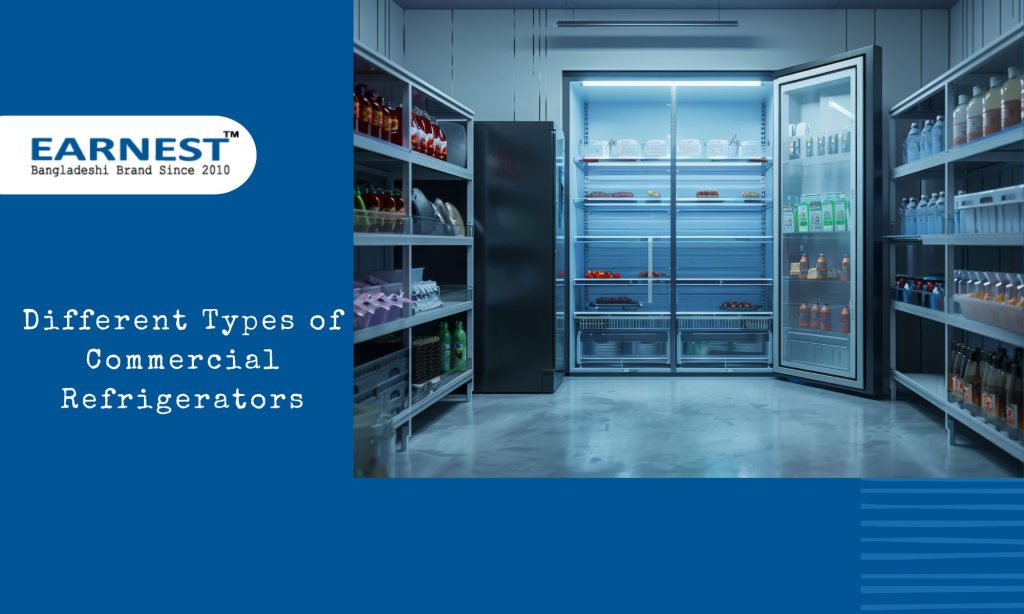Industries and factories in Bangladesh need chiller systems to operate their industrial setups properly and efficiently. These cooling systems keep the factory premises well-operated and safe from heat hazards.
However, understanding which industrial chiller type to use can be a bit tricky. Many owners are not that expert in selecting
the optimum chiller for their setup.
Here, we will look at the two major types of chillers that factories across the world use. Besides that, we will briefly delve into how these chillers work and which one would best suit your needs.
So, let’s get started.
Understanding a Chiller
Industrial chillers are crucial components of the production process. These are commonly utilized as cooling devices in commercial and industrial establishments. Simply put, an industrial chiller is a refrigeration system that either cools or dehumidifies a fluid, using either air or water.
Chillers are used to quickly and effectively cool large pieces of equipment. Production rates can be maintained at an ideal level by keeping the equipment cold.
Besides maintaining the temperature of the work environment and production procedure, different types of chillers come with different functions. The two most popular of them are water and air-cooled chillers.
Let us now look at the air-cooled and water-cooled chillers.
Defining an Air-Cooled Chillers
Air-cooled chillers offer refrigeration that cools fluids and operates alongside the HVAC system of industrial setups. These industrial chillers use fans to send heat outside the building instead of depending on cooling towers.
Air is used to cool water and fluids circulating through the system. It absorbs and removes heat and lowers the temperatures of the equipment, processes, and areas.
Air-cooled industrial chillers are also called modular industrial chillers. This is because they can be stacked horizontally to increase cooling capacity. The capacity ranges from around 10 RT to 550 RT.
If you use scroll compressors, a single air-cooled industrial chiller can have a maximum cooling capacity of about 200 RT. Meanwhile, if you use screw compressors, the chillers can be designed with a maximum capacity amounting to 550 RT.
Also, an air-cooled industrial chiller consists of at least two compressors. This helps when one compressor malfunctions and the other can continue to function. Though, the cooling capacity drops to around 50%.
Defining a Water-Cooled Chiller
An industrial water-cooled chiller removes heat to cool the water used in industrial structures and re-shifts the water into the operation cycle. These chillers transfer heat from a space that needs temperature control to another space.
Thus, the chiller dissipates heat and facilitates the transfer of unwanted and undesirable heat created by the external environment.
These chillers need a cooling tower. That is because condensers of water-cooled chillers use water as a stimulant and cooling material. The wet surfaces are more successful at transferring heat and also compress at wetter bubble temperatures. Thus, they have greater efficiency.
How They Work
Air-Cooled Chillers
The air-cooled industrial chillers work through the absorption of heat from processed water. When the air handler system uses up the water, it becomes warm and is returned to the chiller.
The chiller’s evaporator transfers heat away from the water. A low-pressure gas forms through the evaporation of liquid refrigerant over the evaporator tube.
Following this, the evaporated refrigerant moves to the compressor, where the low-pressure gas is compressed into high-pressure gas. The gas then leaves to the air-cooled condensers.
When the heat is inside the condenser, it is blown away from the chiller via the fans located on the side of the condenser.
Soon after the gas leaves, the refrigerant becomes a highly pressurized liquid that flows to the evaporator via the expansion valve. As this process occurs, the refrigerant changes to a low-pressure liquid, which is transferred back to the evaporator. The cycle repeats itself in the evaporator.
Water-Cooled Chillers
Like air-cooled chillers, water-cooled chillers have four main components: evaporator, compressor, condenser, and expansion valve. Each of these four parts produces a thermodynamic process.
This chiller works by the delivery of a refrigerant gas to different phases of the material at varying pressures and temperatures to cool the water instead and pump it out of the chiller.
The main work of the chiller revolves around the phase change of the refrigerant. The work of water-cooled chillers is based on the condensation of steam or gas.
Air-Cooled Chillers Types
There are several types of air-cooled chillers that you can use for your industrial setup.
Portable Air Cooled Industrial Chiller
A portable air-cooled industrial chiller refers to how a chiller system is built, not how portable it is. The term portable air-cooled industrial chiller is for any chiller system consisting of all the typical components like the refrigeration circuit, the pumps, and the reservoir.
The air-cooled industrial chiller unit controls include motor starters with a single-point electrical connection. These all have notifications for maintenance milestones, fault codes, technical alarms, and alerts to eliminate downtime. They range from 2 to 100 tons in capacity.
Air Cooled Screw Chiller
These types of chillers offer efficient air cooling via the main component a screw compressor. It features a combination of screw compression and heat dissipation. This chiller does not need extra fluid to cool. Rather, it uses fans to dissipate heat to the outside. This gives it efficient cooling capabilities.
The temperature in this chiller ranges from 3 degrees to 50 degrees Celsius and suits industries like plastic packaging, electronic manufacturing, chemical industries, pharmaceuticals, etc.
Stationary Air-Cooled Chillers
A stationary air-cooled industrial chiller, sized from 2 tons to 200 tons, does not have a pump or a tank. The main component in this type of chiller is a stand-alone unit linked by piping to a pump and a separate reservoir.
This helps the chiller function properly. This system has individual controls for the chiller and the pumps. The components have an electrical connection that requires wiring together properly to prevent the chiller system from cooling until the circulating pump starts operating.
Air Cooled Scroll Chiller
A scroll chiller uses a scroll compressor to compress the refrigerant and remove heat from a specific area. The system typically consists of a compressor, a condenser, an evaporator, and a refrigerant.
The scroll compressor has a positive displacement compressor that uses two spiral-shaped scrolls, one fixed and one orbiting, to compress the refrigerant and move it through the system.
One of the main advantages of this chiller is its efficiency. these are known for their high coefficient of performance (COP), meaning they can produce more cooling output per unit of energy input compared to other types of compressors.
Reciprocating Industrial Chiller
These chillers use pistons and chambers to create pressure in the refrigerant. They can have a sealed construction or an open construction, which seals all components in one unit.
It has a very powerful and reliable compressor that operates for long tenures with proper maintenance. However reciprocating chillers have many moving parts, so they are usually expensive to operate.
Water-Cooled Chillers Types
The water-cooled chiller types are the same as the air-cooled chiller types. The difference is the material used to cool the system – one is air and the other is water.
Summary of Differences between Air-Cooled and Water-Cooled Chillers
The following table provides the key differences between air-cooled chillers and water-cooled chillers:
Water-cooled Chiller | Air-cooled Chiller |
Use of ambient air with water stream | Use of pure ambient air |
Costlier because of the cooling towers | Less expensive to set up as they require no expensive cooling towers |
Maintain cooling towers apart from your chiller | Easier to operate and maintain |
any issue in the water supply or water contamination will affect the condensing | No such issues with air |
cooling capacity is 10-4000 tons | maximum capacity of 500 tons |
Longer lifespan, so higher efficiency | Shorter lifespan, so less efficient |
Less noisy | More noise due to compressors and fans |
Which chiller to purchase?
Whether to select an air-cooled or water-cooled chiller depends on various factors of your industrial setup. Some major factors include:
Cooling Capacity: do you need to cool with more capacity or how constantly do you need to cool?
Energy Efficiency: do you need long-lasting, larger area coverage by the chiller?
Noise Level: is too much sound a problem for you?
Maintenance and Service: do you mind maintaining a cooling tower as well?
Price: what is your budget to purchase a chiller?
Cost of Operating: do you mind spending more on the resources to operate the chiller?
Safety: how concerned are you about the safety of your industrial setup? In other words, how much safety do you want?
Warranty: how much warranty and long-term benefits do you want?
Top chiller suppliers like Earnest offer various types of chillers and expert guidance to help you decide which one to choose from. They are the most renowned water-cooled chiller and air-cooled chiller suppliers in Bangladesh.
They have delivered different types and ranges of chillers to over 50 industries around the country. They specialize in manufacturing chillers as large or as small as your requirement demands.
Get in touch with them and they will do the rest, as far as chiller manufacturing goes.
Wrapping Up
What you choose between air-cooled and water-cooled industrial chillers is dependent on various factors like the cooling capacity, the operating environment, maintenance, and the budget.
On the one hand, air-cooled chillers are more affordable and easier to maintain; on the other, water-cooled chillers offer higher cooling capacities and greater energy efficiency.
So, the best type of chiller for your specific industrial applications and needs should be determined through careful consideration of various factors and consultation with an established and qualified HVAC manufacturer like Earnest
.






